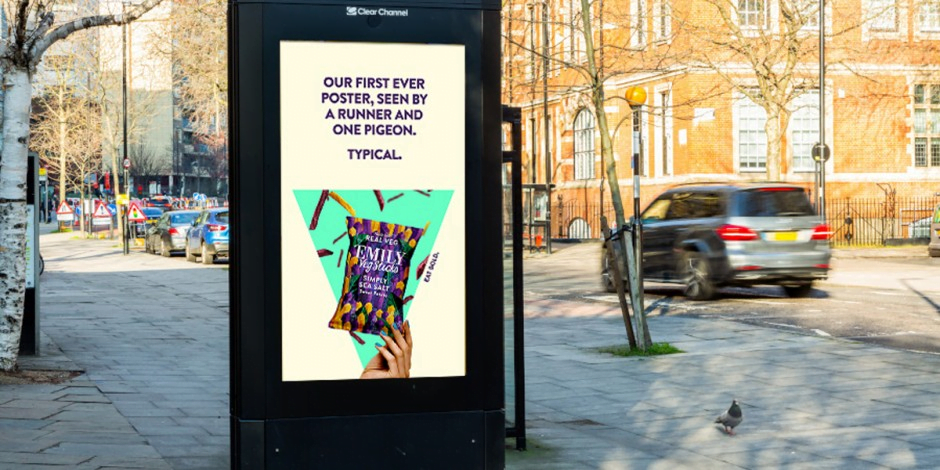
The future of OOH post-pandemic – bleak or potentially brilliant?
While OOH is often seen as difficult to measure, it’s perfect for increasing brand awareness, as out of home adverts like billboards are near impossible to ignore and command consumer attention. Brands who want to create a presence often use OOH ads as part of integrated campaigns, which combine ‘traditional’ OOH with more modern techniques such as digital. With over 72 million potential consumers walking past Piccadilly Lights each year (pre-Covid-19), a brand can almost guarantee that at least a small percentage of them will be their target audience. But what happens when this target market is no longer commuting to work every day, reading ads on the tube, killing time waiting at bus shelters and daydreaming while staring at billboards out of their office window?
How has Covid-19 impacted Out-Of-Home advertising?
Aside from cinema advertising, the OOH sector has taken the biggest hit from the pandemic, with WARC stating that lockdown saw a 48% decline in traditional ad spend. While OOH spend almost doubled from £14m in May to £25m in June as lockdown restrictions eased, this was still well below the usual figures. However, as some companies decreased advertising spend, such as Amazon cutting down by 77%, other companies are increasing, with online streaming service Disney+ upping their ad spend by 962%.
Increase in programmatic and digitisation
The pandemic has led to an increase in people working from home, and spending their weekends in front of their TV or laptop instead of out at bars. This resulted in a sharp rise in online consumption, with 18-24 year olds spending an average of 1.5 hours a day on YouTube during the height of lockdown in April, according to Ofcom. This increase in online consumption has provided advertisers with a new window of opportunity, and many brands are pulling OOH spend and turning to programmatic digital instead.
At the brink of another recession, brands want value for their money – which means they are demanding measurable results backed by data. Programmatic can give advertisers more flexibility, allow advertisers to optimise based on location targeting and therefore keep up with constantly changing market conditions. It is becoming clear that the future is digital – it is smarter and more efficient – therefore digital shouldn’t just prevail whilst everyone is stuck inside. Instead, the movement to digital should continue even once OOH has bounced back, meaning more DOOH sites with dynamic messaging, and buying OOH programmatically in order to better target consumers.
Planning for the future will become a thing of the past
In light of the news of the vaccine being prepared for mass distribution, it seems likely that once the world goes back to ‘normal’, whatever ‘normal’ is, that the world will go into panic-buying mode. This could mean a sudden surge in consumers booking trips abroad, buying festival
tickets and rearranging any other plans that 2020 put on hold – and advertising will be sure to follow. With the uncertainty of what the year ahead holds, advertisers are now hesitant to plan year long laydowns, instead opting for short-term planning and holding onto budget for Q4 2021 in the hopes that OOH will make a comeback. We expect this will result in advertisers suddenly flocking back towards OOH much like the March loo roll panic-buying frenzy, but we are advising all of our advertisers to be agile about this.
Does this mean OOH is dead and buried?
The pandemic taking people off the streets is something unlikely to be repeated any time soon. However, the movement of budgets to digital channels has made advertisers more conscious of the highly measureable and agile tactics this comes with. If anything, the pandemic has provided the OOH industry with a window of opportunity to challenge the notion that it is impossible to measure, and proved instead that it is difficult to forget.
OOH will need to improve targeting and measurement techniques in order to stay in the game, with some media providers even using digital tactics to retarget those who have been exposed to an outdoor ad with programmatic. The future of OOH may also mean a shift to different formats depending on how behaviour changes, such as focusing more on roadside billboards rather than advertising on the tube, as more people turn to commuting via car in order to avoid public transport. Now is the time for OOH to prove its worth on a plan dominated by digital, by redefining itself as a highly impactful, but also agile and tactical channel.


